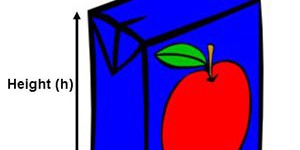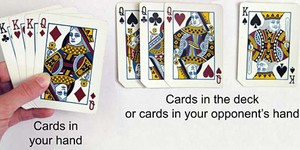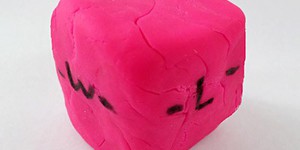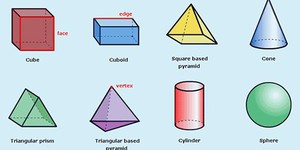Kindergarten, Pure Mathematics Science Projects (4 results)
Wikipedia defines mathematics as "the study of quantity, structure, space and change." With a definition like that, it's easy to see why math is often called "the language of science." Math is essential for analyzing and communicating scientific results, and for stating scientific theories in a way that is clear, succinct, and testable.
|
Select a resource
Coding Projects
Sort by
|
Juice boxes are so convenient—just poke the straw in and sip away! But have you ever noticed that some juice boxes don't seem to have much juice, even when they have a lot of packaging? It might surprise you how much thought goes into the design and manufacturing of a juice box. Each manufacturer has carefully calculated how big each side should be to hold a certain amount of juice inside. In this science project, you will find out how different brands of juice measure up.
Read more
No matter what your favorite card game is, we all wish we could use psychic powers to draw the card we want on our turn. You may not have psychic powers, but you might have the power of probability on your side. In this science project, you will discover how math can help you avoid the words, "Go fish!"
Read more
New
How do you feel right now? Do you remember how you felt a few hours ago? How about yesterday or last Wednesday? What if you could track your emotions throughout the day and use this information to help improve your mood and well-being? In this science project, you will program a simple, pocket-sized device that you can carry around with you to log your feelings whenever you want or on a specific schedule.
Read more
Have you ever had fun making different figures or colorful creations using some Play-Doh? You can squish and stretch a single piece of Play-Doh® to make all sorts of shapes. How does changing the shape of a piece of Play-Doh affect its volume? In this science project, you will find out by testing how changing a piece of dough's shape affects its dimensions (length, width, and height), and how these changes are related to the dough's volume.
Read more
In this project, you will make 2-dimensional templates, called nets, that fold up into 3-dimensional (3-D) shapes. By making shapes of different sizes, you will be able to see how 3-D shapes change with size. Which property (or aspect) will change the most: the length of an edge, the surface area, or the volume?
Read more
|









